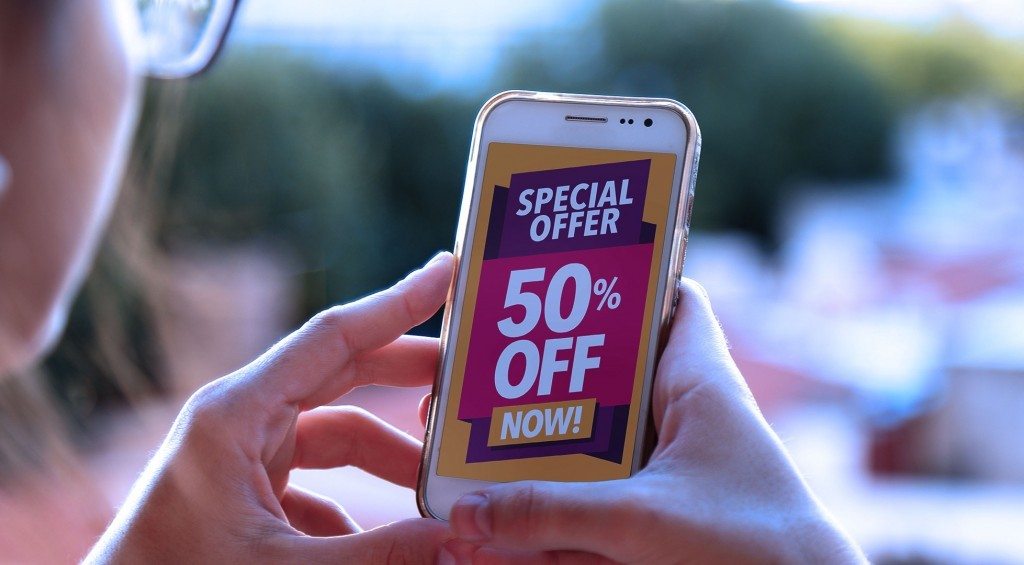- Advertising
- Consumer Research
- Media Consumption & Trends
Mobile Usage — And Mobile Video Advertising — in North America is Growing [2017 Report]

According to arecent North American Insights report by InMobi, mobile device usage hasexploded over the past few years. Consumers are using their smartphones,ablets, smart watches and other on-the-go devices for everything from shoppingo watching media and connecting with family and friends. And as a result, manymobile advertisers have pivoted to mobile-first advertising formats.
In 2012, U.S. adultsspent twice the amount of digital media time on desktop devices over mobileones, according to eMarketer. Now, in 2017, adults are spending 1.5 times moremedia time on their mobile devices than desktops.

Mobile usage, especially mobile video usage, will onlycontinue to grow as more consumers embrace the medium. It is estimated thatbetween 2016 and 2020, the number of digital video viewers will reach 235.9million, which is a 10% increase, according to Statista.
Now is the time for brands and retailers to invest in mobilevideo advertising to capture consumers’ attention and accurately target themwith products and services.
The rise of mobilevideo advertising in the U.S.
U.S. based brands are heavily capitalizing on mobile videoadvertising in an attempt to reach consumers. According to IAB, U.S. brandadvertisers increased mobile video advertising spends by 56% over last year. Inhe first half of 2017, North America represented 52% of global mobile video adspend, which was a 50% increase from the first half of 2016, according toStatista.
Measuring viewabilitymetrics
Viewability is a big barrier for brands and retailers. Ifconsumers cannot speedily view videos, advertising campaigns are going tosuffer. Studies from InMobi revealed that with the right technologies,advertisers can experience up to two times the industry standard for videoviewability.
In nine brand advertiser categories including travel,echnology, retail and entertainment, InMobi’s viewability rate was at least90%. While the Media Rating Council’s standard for acceptable invalid trafficlevels is around 0.6%, InMobi’s audience verification and viewability suiteresults in IVT levels that are at 0.2%.
Learnmore about how an SDK can improve measurability without slowing performance.
How to increaseviewability with VAST and End Cards
InMobi utilizes VAST (Video Ad Serving Template) to ensurevideos are delivered in a seamless and quick manner. VAST-tagged mobile videoads have the ability to foster an immersive and native user experience thatincludes end cards and social sharing in-app.
When advertisers take advantage of VAST through InMobi, theywill experience an average human and viewable rate of 92% on their ads. Theviewable and human rate is so high because load time is only 0.6 seconds,compared to VPAID’s 2.6 seconds, according to data from the InMobi network.

The future of mobile videoadvertising
Programmatic video ad buying is sweeping every industry.According to IAB, this year programmatic video ad spending is predicted toclimb to $8.66 million, and programmatic represents 69% of the total video adspend in 2017. According to findings from InMobi, there is a 36% year-over-yeargrowth in programmatic buying.
In 2017 and beyond, it is crucial for brands and retailerso invest in mobile video advertising. They should utilize programmatic buys toincrease their video opportunity, use VAST-tagged mobile video to boost speedand eliminate buffering time, look into third-party verification partners toguarantee brand safety and team up with a partner that doesn’t compromise mediaperformance and viewability.

Stay Up to Date
Register to our blog updates newsletter to receive the latest content in your inbox.
![Mobile video drives 10x higher engagement than banner ads. Download the Insights Report [PDF]:](https://no-cache.hubspot.com/cta/default/2714195/f271927b-acdc-4ea8-b64f-df623813fafe.png)






